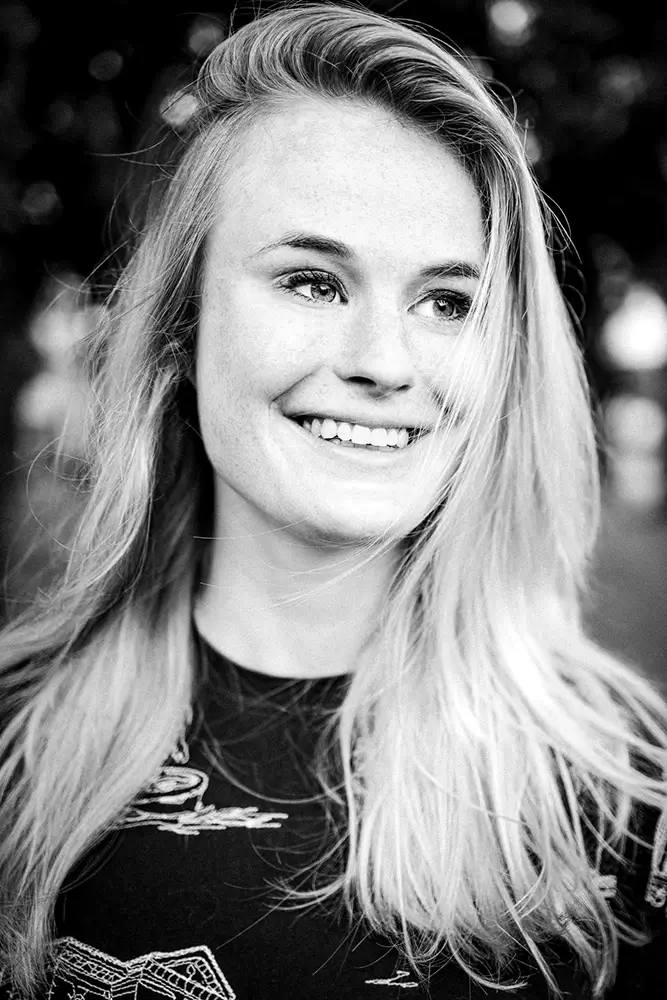Marijn Fidder is a Dutch documentary photographer who focuses on current affairs and contemporary social issues. She uses photography to speak on behalf of the voiceless, and to advocate for the rights of all who are vulnerable. Her work has appeared in National Geographic, CNN Style, NRC Handelsblad, Volkskrant, GUP New Talent and ZEIT Magazin, among others.
Her work has received multiple awards, including from World Press Photo and Global Peace Photo Award. Based in the Netherlands, Fidder has worked for many years in Uganda, researching disability rights in the country.
Inclusive Nation
Life can present many obstacles for people with disabilities. These challenges lead to social isolation, poverty and reduced quality of life. However, amid these obstacles, Uganda is gradually transforming to become more inclusive.
As of 2020, Uganda has one of the most progressive laws for people with disabilities in the world. This states, among other things, that discrimination against people with disabilities is prohibited. Children with disabilities have the right to education and adults have the right to a job. This is very important because 80% of all people with disabilities in the world live in developing countries, such as Uganda.
While there is still much work to be done, the progress made thus far is a glimmer of hope for people with disabilities.
